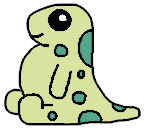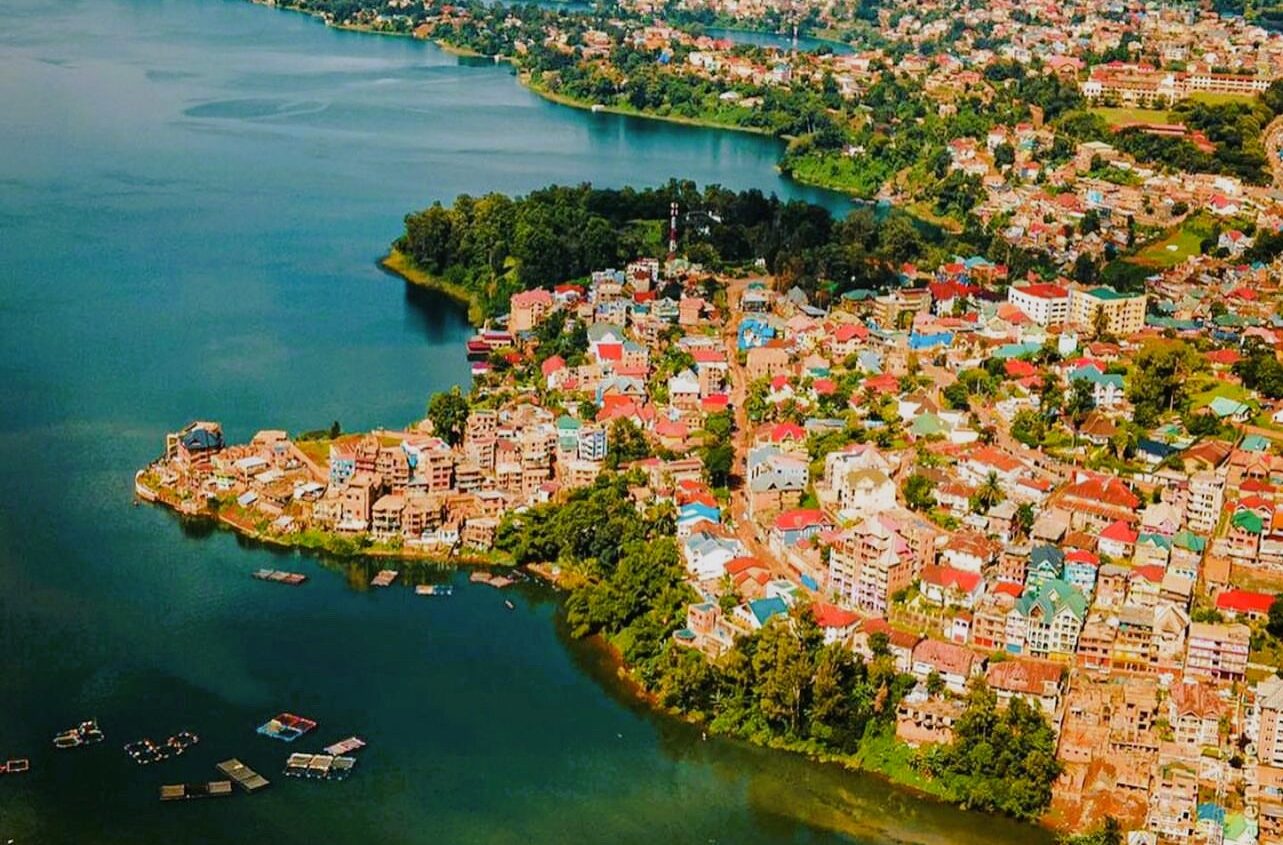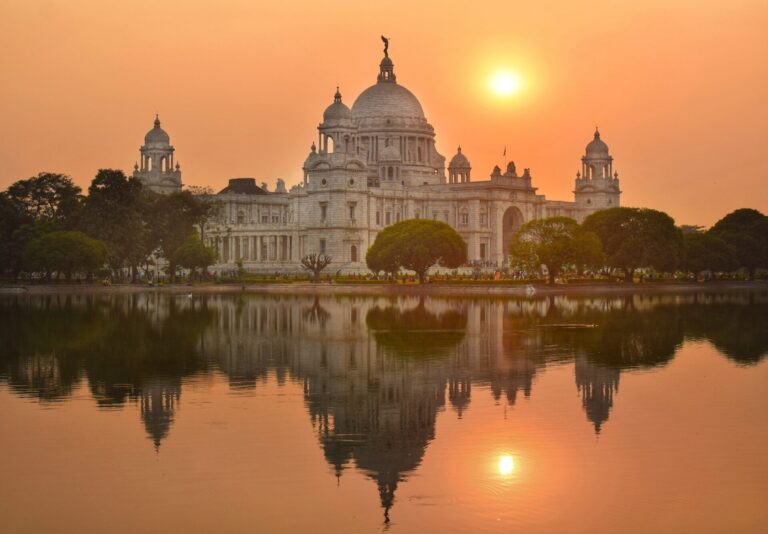Metamorphosis of a Nation: Zaire’s Journey to the DRC
Brazzaville, the capital city of Congo, is always filled with colorful bustling markets, and a vibrant arts and culture scene. Talking about culture, the nation has a wide range of cultural traditions. Much of its culture derives from tribal groups who dwell in the rainforests of Congo.
This brings light to the fact that the second-largest rainforest in the world is found in the Congo basin. The country is covered with rainforest to the tune of 70%. The Central African Republic, Equatorial Guinea, Cameroon, and Gaboo are all included in the forest’s reach.
The Democratic Republic of Congo houses these astonishing sites to visit. There are various other elements that could engage and excite an individual and encourage them to visit the beautiful country of DRC.
However, today we aren’t here to discuss its beauty but to be fascinated and ignited by the knowledge regarding the fact that the country’s name wasn’t always Congo.
Tracing the Timeline
The International Association of Congo, which later became the Democratic Republic of Congo (DRC), was established on February 23, 1885, three days before the Berlin Conference came to a conclusion.
On July 1st, 1885, the nation adopted the name Congo Free State (CFS). The CFS then changed its name to Belgian Congo in November 1908, and it remained a Belgian colony until gaining political independence in June 1960. The name of the nation was legally changed from 1971 to 1997 to reflect what then-ruler Gen. Mobutu Sese Seko believed the name would be a more evocative African moniker.
From 1960 to 1971, it was referred to as the (Democratic) Republic of Congo, then from 1971 to 1996, as Zaire. In May 1997, former president Laurent Kabila (1939-2001) finally reinstated the name, DRC.
Like the nation’s present name, “Zaire” is a version of a phrase that means “great river” in regional African languages. It alludes to the Congo River, which drains a sizable basin that is primarily located in the republic.
Contrary to Zaire, the name Congo was given to the river by European explorers who associated it with the kingdom of the nearby Kongo people. The term “Zaire” means “great river” in local African languages; like the country’s current name, it refers to the Congo River, which drains a large basin that lies mainly in the republic.
The nation’s prior name, the Democratic Republic of the Congo, was formally reinstated when Mobutu was overthrown in 1997. Following this, the Congo was engulfed in a terrible civil war that was finally put to an end in 2003 despite the combat still proceeding in the eastern part of the country.
Post-colonization, people were devastated. The administration went from being marionette by Belgian Rulers to now in the hands of its own people. This sudden shift made people uncomfortable and uncertain about their future. Several mutinies broke out in the army, which in turn spread across military outposts.
Finally after years of playing catch and throw off the incumbency of Congo. A government of national reconciliation was established as a result of a peace treaty that was signed in South Africa in April 2003. The agreement stated that President Kabila would head the transitional administration with the help of four vice presidents chosen from the two main rebel factions, the government, and civil society.
Consequences Affect the Innocent
Over the years, this political manhandling of this country has overshadowed the bewildering elements and aspects of Congo. The diplomatic disputes have led to the deterioration of the humanitarian situation.
Violent interlocking conflicts prevent people from returning to their homes and driving them out. Within the nation, more than 5 million people have been displaced, and more than 1 million Congolese have applied for refuge, primarily in Africa. Disease outbreaks and natural calamities make the situation worse. In addition, the DRC is home to 500,000 refugees from nearby nations, of which 75% reside outside of refugee camps and settlements.
A Glimmer of Hope
Congo made efforts to stabilize its economic status. For instance, in 2001, it changed its economic structure to be more market-oriented. Other structural changes were implemented with the help of the IMF and the World Bank to liberalize the economy, stop hyperinflation, and promote a more stable macroeconomic environment. For the first time in more than ten years, the country’s gross domestic product (GDP) climbed in 2002. The economy grew steadily during the rest of the early 2000s, a development that may be partly ascribed to the enhanced stability that followed the conclusion of the civil war.
Through the years, DRC has evolved to be a country that has used its gifts of natural resources to fuel its economy. They have managed to grow in a symbiotic system where they value their cultures and their people while managing the fiscal state of the nation.
This nation is not just a piece of land containing resources and people. However, it is an inspiring chapter in the history of the world. They’ve fought through multiple crises and still have managed to rise above. With assiduousness, they reached their silver lining, and as the famous Congolese proverb goes :
No matter how long the night, the day is sure to come.
1. Picture: EdwinAlden.1995, CC BY-SA 4.0 https://creativecommons.org/licenses/by-sa/4.0, via Wikimedia Commons


